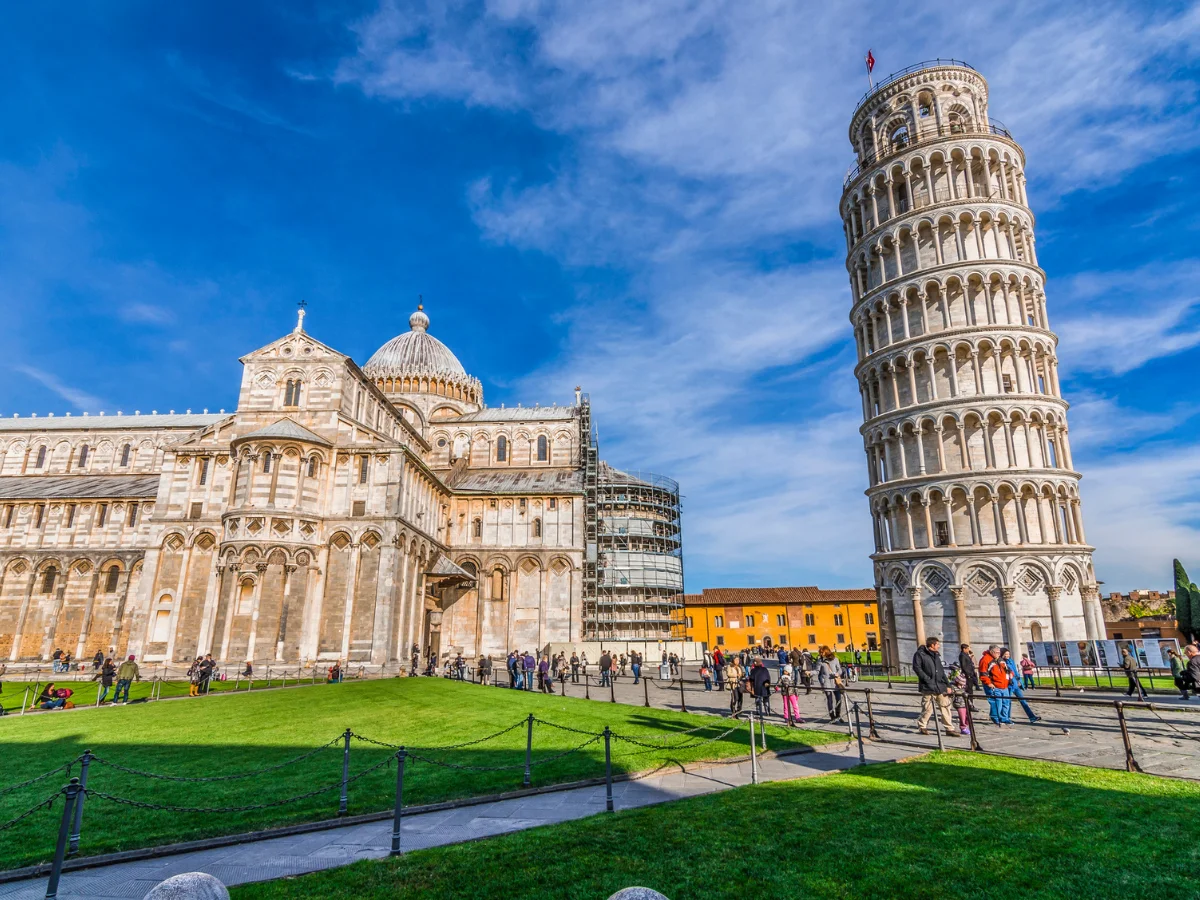The battles between Ancient Rome and Germania
The battles between Ancient Rome and Germania spanned centuries, shaping European history. From the devastating defeat at Teutoburg Forest to the Marcomannic Wars, battles were marked by fierce resistance. During the Crisis of the Third Century, Germanic invasions intensified, contributing to Rome’s decline. The Migration Period witnessed large-scale migrations and battles like Adrianople and Châlons, leading to the fall of Rome. Despite conflicts, cultural exchange flourished, leaving lasting influences. Overall, the encounters between Rome and Germania reflect the complexities of power struggles and cultural transformations in ancient Europe.

The battles between Ancient Rome and Germania
Introduction: Rome’s Encounters with Germanic Tribes
The conflict between Ancient Rome and Germania, the region inhabited by various Germanic tribes, was marked by intermittent clashes and campaigns spanning several centuries. These encounters shaped the dynamics of power in Europe and influenced the development of both Roman and Germanic societies.
Early Encounters: Varus’ Defeat and the Battle of Teutoburg Forest
One of the most infamous battles between Rome and Germania was the Battle of Teutoburg Forest in 9 AD. Led by Arminius, a Germanic chieftain who had served in the Roman military, the Germanic tribes ambushed and annihilated three Roman legions under the command of Publius Quinctilius Varus. This devastating defeat halted Rome’s eastward expansion into Germania and became a symbol of Roman military vulnerability.
Marcomannic Wars: Rome’s Struggle Against Germanic Tribes
The Marcomannic Wars, fought between 166 and 180 AD, saw Rome engaging in protracted conflicts with various Germanic tribes, including the Marcomanni, Quadi, and Suebi. The battles were characterized by fierce resistance from the Germanic warriors and strategic maneuvering by Roman generals such as Marcus Aurelius. Notable engagements include the Battle of Carnuntum, where Roman forces achieved a significant victory over the Marcomanni and their allies.
Crisis of the Third Century: Germanic Invasions and Roman Decline
During the Crisis of the Third Century, Germanic tribes took advantage of Rome’s internal instability to launch invasions across the Rhine and Danube frontiers. The Battle of Abrittus in 251 AD resulted in a disastrous defeat for Rome against the Goths, leading to the death of Emperor Decius. Subsequent battles, such as the Battle of Naissus in 268 AD, saw Rome struggling to repel Germanic incursions while facing threats from other barbarian tribes and usurpers.
The Migration Period: Germanic Invasions and the Fall of Rome
The Migration Period, spanning from the late 4th to the early 6th century AD, witnessed large-scale migrations of Germanic tribes into the territory of the Western Roman Empire. Battles such as the Battle of Adrianople in 378 AD and the Battle of Châlons in 451 AD saw Rome confronting Germanic federates and invaders, contributing to the gradual collapse of Roman authority in the West.
Legacy: Cultural Exchange and Transformation
Despite the conflicts and upheavals, the interactions between Rome and Germania facilitated cultural exchange and transformation. Germanic warriors served in the Roman military, influencing tactics and military organization. Conversely, Roman art, architecture, and language left a lasting imprint on Germanic societies, contributing to the development of early medieval European culture.
Conclusion: A Complex Legacy of Conflict and Exchange
The battles between Ancient Rome and Germania were emblematic of the struggles for dominance and survival in the ancient world. While these conflicts often resulted in bloodshed and devastation, they also fostered cultural exchange and transformation. The legacy of Rome’s encounters with Germanic tribes continues to shape our understanding of European history, reflecting the complexities of power dynamics and cultural interaction in antiquity.



